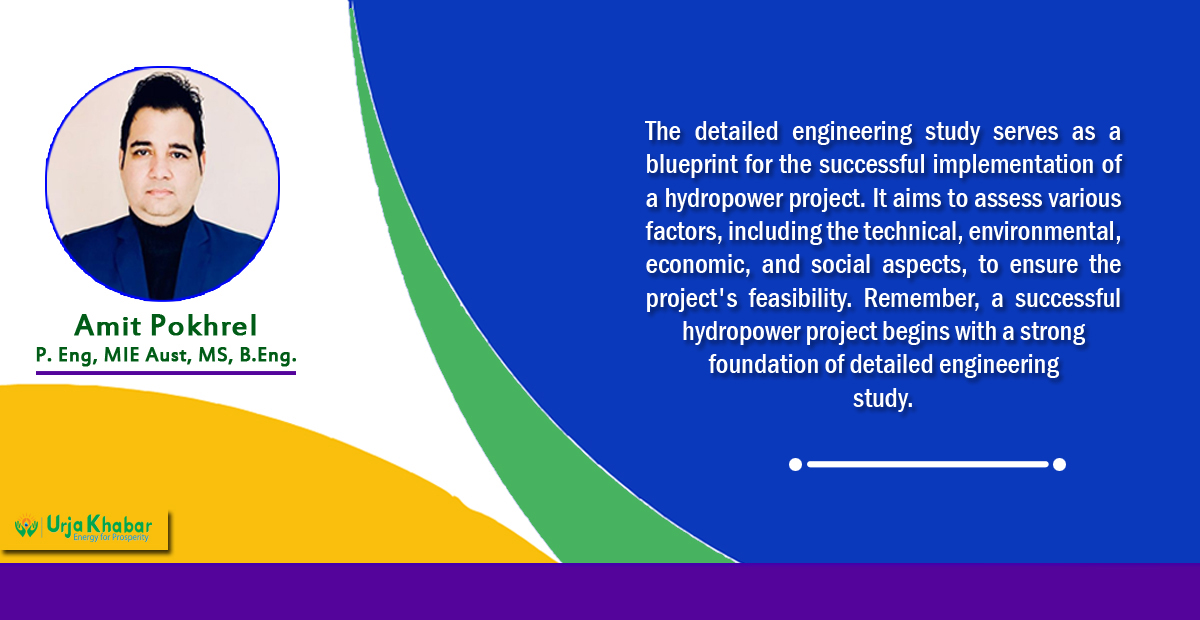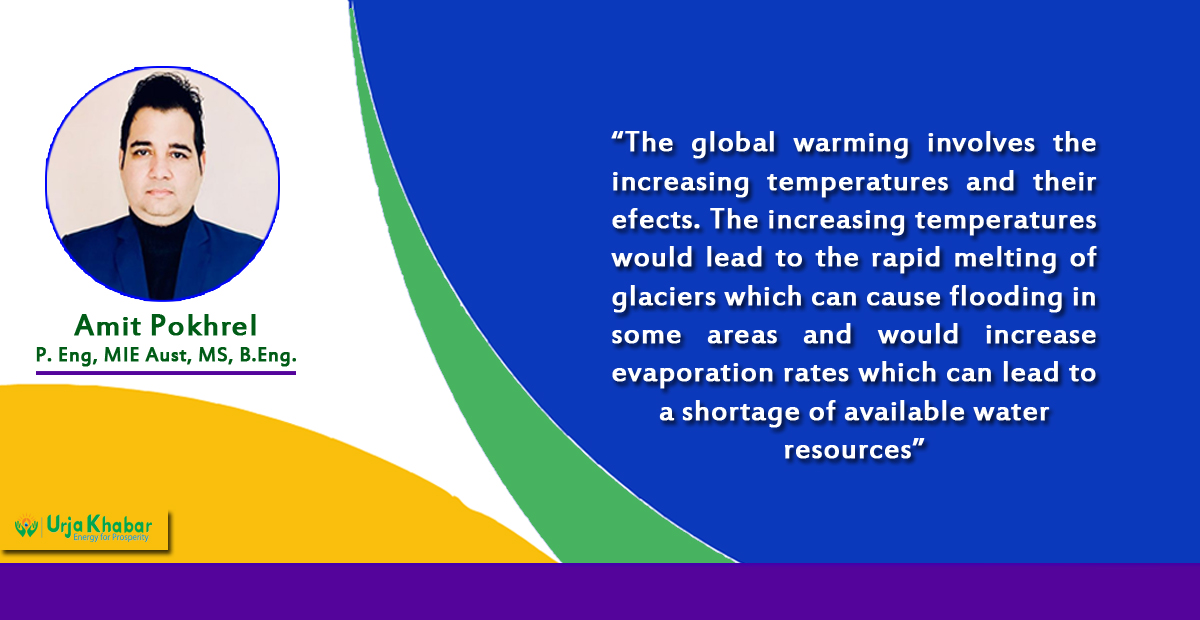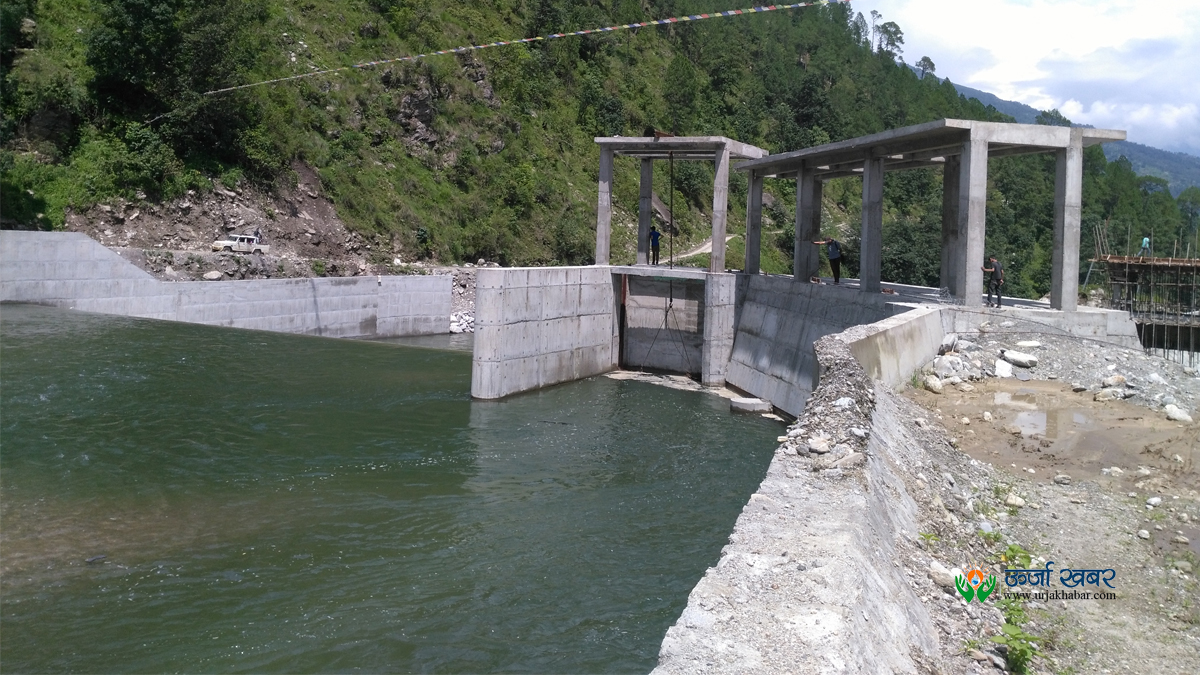Energy Update
Detailed Engineering Study of Hydropower in Nepal

The need for cleaner and more renewable energy sources has never been greater than it is today. Nepal is fortunate to possess one of the most abundant water resources in the world. The country is blessed with an abundance of rivers and streams, with an annual flow of approximately 225 billion cubic meters. Furthermore, due to its favorable geographical location, Nepal has the potential to generate an impressive amount of hydroelectric energy.
Introduction to Hydropower Projects

Hydropower projects have gained significant attention in recent years as an environmentally friendly and sustainable energy source. These projects harness the power of flowing water to generate electricity, reducing dependency on fossil fuels and minimizing carbon emissions. However, before the construction of a hydropower project begins, a detailed engineering study is crucial to ensure its feasibility and success. In this article, I will delve into the importance and key aspects of a detailed engineering study for a hydropower project.
Before diving into the engineering study, it is essential to understand the basics of hydropower projects. These projects involve the utilization of the potential energy stored in water bodies, such as rivers, to generate electricity. This renewable energy source offers numerous advantages, including low greenhouse gas emissions, long lifespan, and the ability to provide a stable power supply. The detailed engineering study serves as a blueprint for the successful implementation of a hydropower project. It aims to assess various factors, including the technical, environmental, economic, and social aspects, to ensure the project's feasibility.

A. Technical Aspects:
The technical study shall be carried out to understand the study of the project in detail. The developers should look criticality at the standards of design adopted for the structures. In the technical side, the Department of Electricity Development (DOED) has elaborated various design guidelines which the Nepalese hydropower developers have to work on it based on the guidelines for headworks, water conveyance system, power system optimization and guidelines for study of hydropower projects respectively.
The other several major factors shall be considered for understanding the crucially and criticality of the technical studies for the hydropower projects which is as follows:
1) Site Evaluation and Selection:
The first step in the engineering study is to identify potential locations for the hydropower project. Factors such as topography, hydrology, and geology are carefully analyzed to determine the suitability of a site. The keyword, "site evaluation and selection," plays a crucial role here.
2) Hydraulic Analysis:
Hydraulic analysis focuses on understanding the water flow patterns and determining the optimal design for capturing and utilizing this energy. It involves studying the river's characteristics, including flow rates, water levels, and sediment transport, to ensure the project's efficiency.
3) Structural Design:
The structural design phase considers the construction of various components, such as dams, turbines, spillways, and penstocks. The design must account for factors such as stability, durability, and alignment with environmental regulations.
B. Environmental Aspects:
The environmental study shall be carried out for the project. There are EIA and IEE that shall be performed to develop the project based on the capacities of the projects. The EIA is to be conducted in accordance with the requirements of the Nepalese Environmental Protection Act-EPA (2019) and Environmental Protection Rules- EPR (2020), as well as major multinational financial institutions with regard to environmental and social sustainability (i.e., IFC Performance Standards). As per the Environment Protection Rules (2020) after feasibility study, the capacity ranging from 1 MW to 50 MW shall conduct IEE and above that, EIA. In Protected Area (National Parks, Wildlife Reserve, Conservation Areas, Buffer Zone) EIA is needed above 10 MW. For the transmission lines, the EPR (2020) address for the IEE and EIA shall be obliged by the developers.
For projects that affect forest areas, Forest laws (2019) require separate approvals to be directly obtained from the Ministry of Forest, Forest Department and Department of National Parks and Wildlife Reserve. The developer has to pay for forest related mitigation/compensation.
For projects that affect protected areas, additional licenses/permissions have to be obtained directly from the Department of National Park and Wildlife Conservation. Requirements are included in the National Park and Wildlife Protection Act (1973), Buffer Zones Management Rules (1996), Conservation Area Management Rules (1996) and new directive on acquired land for construction of infrastructures within protected area, 2024.
Pollution control requirements and national standards, e.g., for noise, air pollution, waste management. Construction of a fish pass as per Aquatic Life Protection Act (1961, amended 1998). Provisions for environmental flows included in the Hydropower Development Policy (2001); and the deviating environmental flow provisions for rivers in National Parks, National Reserves, Conservation Areas or Buffer Zones according to the Policy on Construction and Operation of Development Projects in Protected Areas (2009).
Provisions on acquisition of land and houses, compensation and resettlement, from various laws and policies on land management, including but not limited to the Land Acquisition Act (1977), and the Land Acquisition, Resettlement and Rehabilitation Policy (2015). Provisions for benefit sharing in the Hydropower Development Policy (2001), including that local population derives benefits from project operation and that benefit sharing is part of the PDAs.
a) Environmental Impact Assessment/ Initial Environmental Examination
A hydropower project can significantly impact the environment, including aquatic and terrestrial ecosystems, wildlife habitats, and water quality. An environmental impact assessment evaluates these potential impacts and suggests measures to minimize or mitigate them.
b) Fish Passages
To ensure the preservation of fish species, its migration pattern, and maintain the ecological integrity, fish passages are integrated into the project design. These structures allow fish to migrate freely during their spawning season, minimizing the disruption caused by the project.
c) Habitat Restoration
The engineering study also includes plans for habitat restoration to compensate for any adverse effects on natural ecosystems keeping no net loss into consideration. This may involve creating new habitats with implementing compensatory plantation mechanism or enhancing existing ones to support enhancing habitat of fauna and flora.
C. Economic Aspects:
The project is bound by the economic aspects where the cost estimation plays a crucial role in development of the project. The economic analysis of the project will assess the relationship between the energy produced, fuels, emissions and imports saved, and the respective investment and operational costs incurred.
This will be done for the selected option and will involve the derivation of the specific generation costs over the project's life cycle. Every developer shall measure the cost factor which can impact their project in a long run, so such applicable preventive measures shall be analysed proactively for the successful delivery of the project. The financial analysis pursues the objective of assessing the financial viability, the optimum financing structure combing private and public funding and sustainable tariff levels ensuring the profitability of the individual project configurations. The major difference between compared to the economic analysis is the additional consideration of financing costs/structure, funding arrangements, taxes and fees on the cost side and applying financial income from tariffs/certificates or similar on the income side.
a) Cost Estimation:
A detailed cost estimation is a critical component of the engineering study. It includes expenses related to site development, construction, equipment procurement, operation, and maintenance. Accurate cost estimation is vital for project feasibility assessment and obtaining financial backing.
b) Financial Viability Analysis:
A financial viability analysis determines whether the project will generate sufficient revenue to cover the costs and deliver a return on investment. Factors such as electricity pricing, market demand, and potential income from selling surplus power are considered.
c) Socio-economic Impact Assessment:
A hydropower project can have significant socio-economic impacts on nearby communities. The engineering study investigates how the project may affect livelihoods, employment opportunities, and local economies. Any potential negative impacts should be addressed through appropriate compensation measures, and community support program.
D. Social Aspects:
Regarding the social and environmental standards of international financing institutions (IFIs), the Performance Standard (PS), 2012 are the main reference source for WB Group taken for defining the importance of social aspects for the study of the hydropower project nowadays in Nepal. In brief, it is the developer who shall need to focus on the identification of risks on the projects which may cause the settlement issues, socially affected areas, labor and working conditions, utilization of resource efficiency, community health and safety, land acquisition and involuntary resettlement, biodiversity conservation and sustainable management, indigenous people, cultural heritage preservation which governs the social principles all around the places. The social aspects also include capacity building and skill mentorship program for the locals for sustaining their lives after the introduce of the development projects that would help the locals for a source of income based on their skills and adaptability.
Conclusion
A detailed engineering study is an integral part of the development process for any hydropower project. It provides a comprehensive assessment of technical, environmental, and economic aspects to ensure the project's success and sustainability. By thoroughly analyzing various factors and incorporating suitable mitigation measures, the study paves the way for the implementation of environmentally friendly and economically viable hydropower projects. Remember, a successful hydropower project begins with a strong foundation of detailed engineering study.
Reference
a) Department of Electricity Development (DOED)
b) Environment Protection Act (2019)
c) Environment Protection Rules (2020)
d) International Finance Institution (IFIs, Performance Standard, 2012)
(The Author of this article works as a Senior Contract & Commercial Expert in the Energy Businesses of Golyan Group, Kathmandu, Nepal)
Conversation
- Info. Dept. Reg. No. : 254/073/74
- Telephone : +977-1-5321303
- Email : [email protected]














